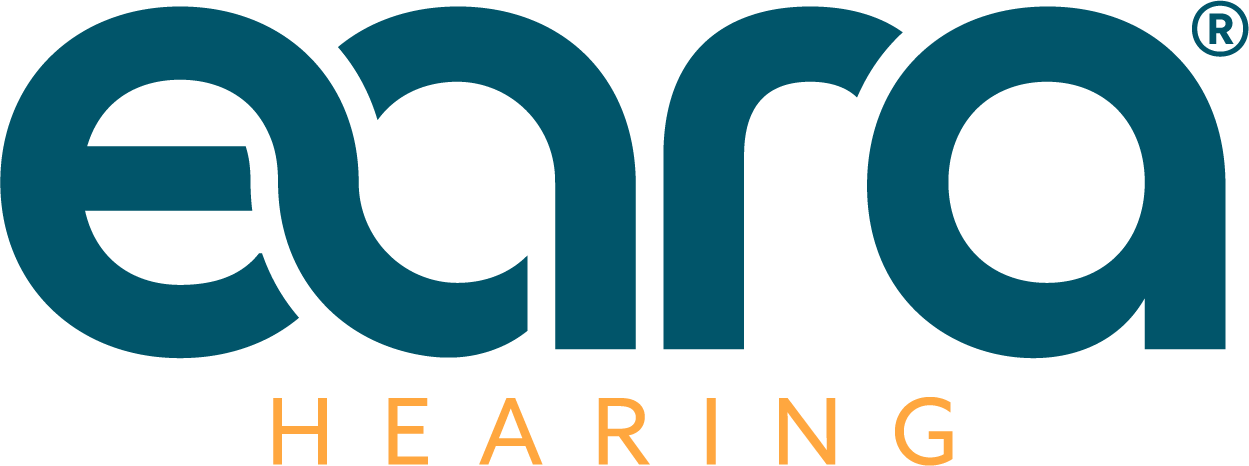Untreated hearing loss represents far more than a medical diagnosis; it creates a cascade of socioeconomic challenges that can fundamentally alter a person's life trajectory. The high cost of hearing aids and limited insurance coverage prevent many Americans from seeking treatment. This leads to challenges in education, employment, and personal relationships. While affordable hearing aids have recently become more accessible, millions still struggle with the financial burden of hearing healthcare.
Educational Challenges and Limited Opportunities
The educational journey for individuals with untreated hearing loss is typically fraught with obstacles that begin early and compound over time. Research consistently shows that students with unaddressed hearing impairments experience significant barriers to learning in traditional educational environments. These students frequently struggle to fully engage in classroom discussions, miss critical information during lectures, and face social isolation that further impedes their academic progress.
The statistics paint a troubling picture: more than 50% of individuals with hearing loss are unlikely to complete college compared to their peers with normal hearing. This disparity stems not from differences in intellectual capability, but rather from systemic barriers created when hearing loss goes unmanaged.
The prohibitive cost of hearing aids, with traditional prescription hearing aids averaging around $4,000 USD; means many students never receive the intervention they need during these crucial developmental years.
The Employment and Income Divide
The employment landscape for those with untreated hearing loss reveals stark disparities that extend far beyond the workplace. With compromised educational credentials, many individuals with unaddressed hearing impairments find themselves shut out from competitive job markets and relegated to positions with limited advancement opportunities.
Communication barriers further complicate employment prospects. In workplace settings that prioritize verbal interaction, individuals with untreated hearing loss often experience exclusion from informal conversations, meetings, and networking opportunities that are crucial for career advancement.

The financial impact is substantial; research indicates that workers with hearing loss earn approximately $8,000 less annually than their counterparts with normal hearing. Moreover, people with untreated hearing impairments are disproportionately represented in part-time positions or face extended periods of unemployment, further eroding their financial security.
The employment challenges often intensify with age as untreated hearing loss progressively worsens. Many adults find themselves forced into early retirement, unable to continue in work environments that have become increasingly difficult to navigate. This premature exit from the workforce leads to reduced retirement savings and pension benefits, creating financial vulnerability later in life.
The Escalating Financial Burden
Individuals with hearing impairments spend approximately $22,434 more over a decade compared to those with normal hearing, creating a "disability tax" that strains already limited resources.

This increased spending largely stems from managing health conditions that frequently accompany or result from untreated hearing loss. There are well-documented connections between unaddressed hearing impairment and an elevated risk of falls, cognitive decline, dementia, depression, and anxiety. Each of these conditions requires additional medical intervention.
What's particularly concerning is how untreated hearing loss can deteriorate over time. Mild to moderate hearing loss, if left unaddressed, can escalate to severe hearing loss, requiring more powerful prescription hearing aids that cost upwards of $4,000.
Impact on Family Dynamics and Resources
The ripple effects of untreated hearing loss extend throughout family systems, creating both emotional and economic strain on loved ones. Family members frequently become de facto caregivers, providing financial support to compensate for income disparities and assuming additional responsibilities that might otherwise require paid assistance.
Perhaps most significantly, family members, particularly spouses and adult children often modify their own career trajectories to provide necessary support. This might involve reducing work hours, declining promotions that require relocation, or even leaving the workforce entirely to provide care. Such decisions, while made out of love and necessity, further compound the household's economic vulnerability and can perpetuate intergenerational patterns of financial instability.
Breaking the Cycle: The Promise of Over-the-Counter Hearing Aids
Addressing the socioeconomic impact of untreated hearing loss requires a multifaceted approach that extends beyond medical intervention to encompass educational policy, workplace accommodations, and financial support systems.
Recent government legislation has introduced an important advancement in accessibility: over-the-counter hearing aids that require no prescription and can be purchased directly by consumers. This landmark change dramatically reduces barriers to treatment, making hearing assistance more affordable and accessible for millions of Americans with mild to moderate hearing loss. For those considering this option, our comprehensive guide to OTC hearing aids can help navigate the various choices available.
It's important to note that these OTC hearing aids are approved only for adults aged 18 and older, not for children with hearing loss who still require professional assessment and specialized devices.
The introduction of OTC Bluetooth hearing aids has been particularly transformative. These devices typically come with smartphone apps that allow users to self-tune and adjust settings according to their specific hearing needs and environments. This technological advancement reduces the need for frequent audiologist visits for adjustments, creating additional cost savings over time while providing greater user control and satisfaction.

The introduction of over-the-counter hearing aids addresses several key barriers to treatment:
-
Affordability: Traditional prescription hearing aids often cost around $4,000 USD per pair, while many over-the-counter hearing aids are available for $300 to $1,000, making them significantly more accessible.
-
Convenience: By eliminating the need for multiple audiologist appointments for initial fitting and adjustment, OTC Bluetooth hearing aids with self-tuning apps save both time and money for individuals seeking treatment.
-
User control: The accompanying smartphone apps with OTC Bluetooth hearing aids allow wearers to make real-time adjustments based on their environment without professional assistance.
-
Reduced stigma: The wider availability and tech-forward nature of these devices helps normalize hearing assistance and may encourage earlier intervention.
While over-the-counter hearing aids represent important progress, gaps in coverage remain. Medicare's lack of coverage for hearing aids in most states continues to place a significant financial burden on seniors, precisely the demographic most affected by hearing loss. Policy advocacy must continue to push for expanded insurance coverage that recognizes hearing health as essential rather than optional.
By recognizing untreated hearing loss as not merely a health condition but a significant socioeconomic challenge with preventable consequences, we can develop more effective interventions that improve quality of life and economic outcomes for the millions affected. The introduction of affordable hearing aids through over-the-counter options represents an important first step, but the path forward requires continued collective action from: healthcare providers, educators, employers, policymakers, and communities to dismantle barriers and create more equitable opportunities for individuals with hearing loss at all stages.






















